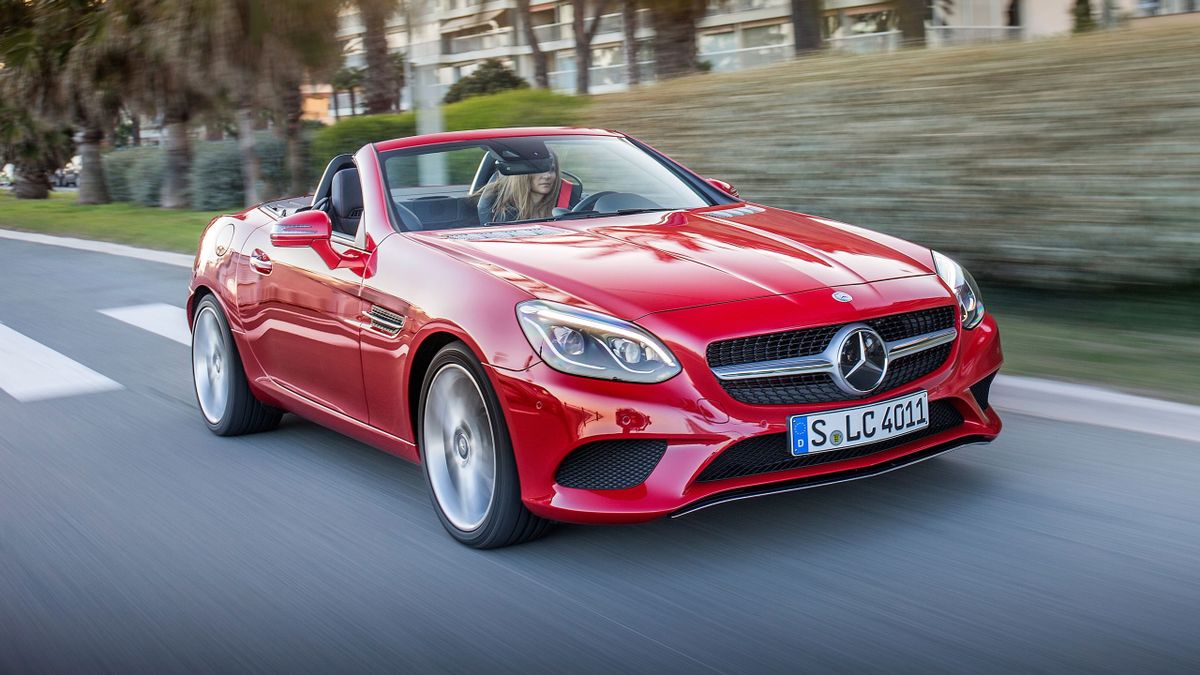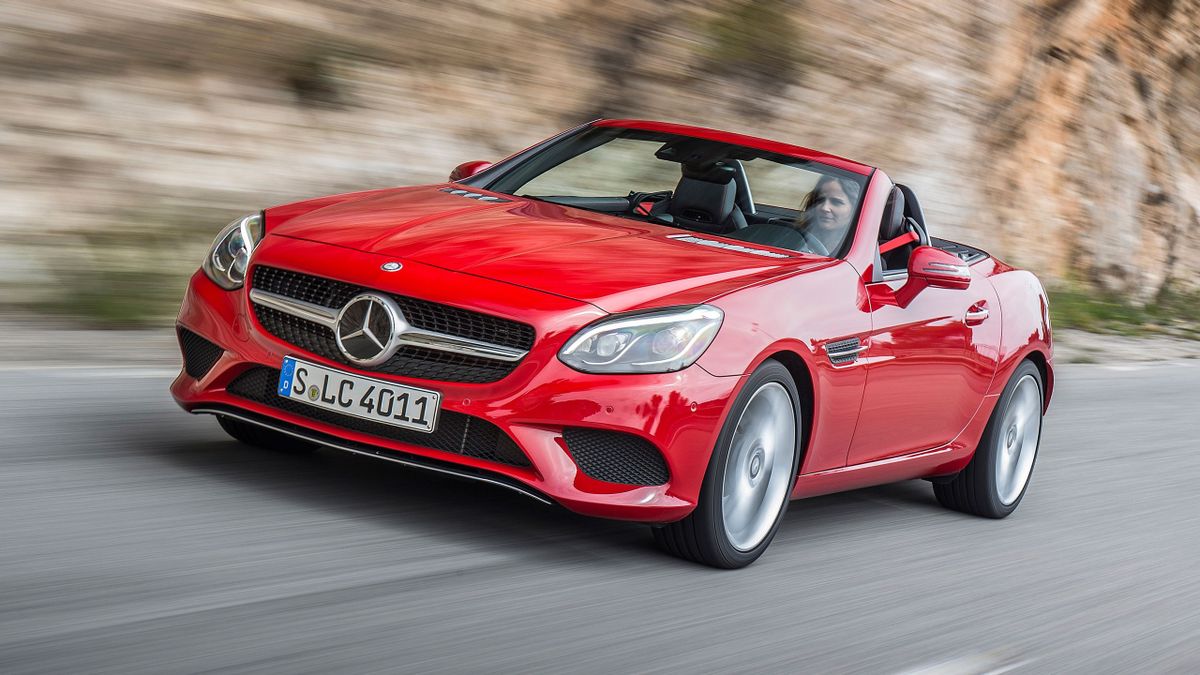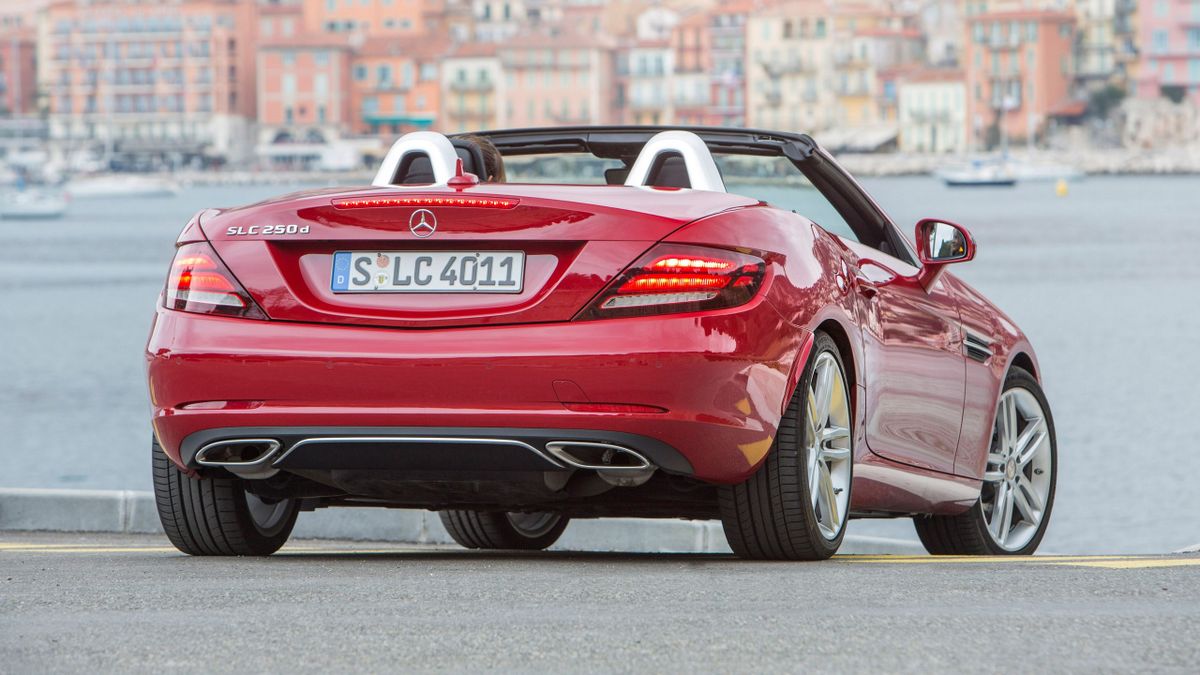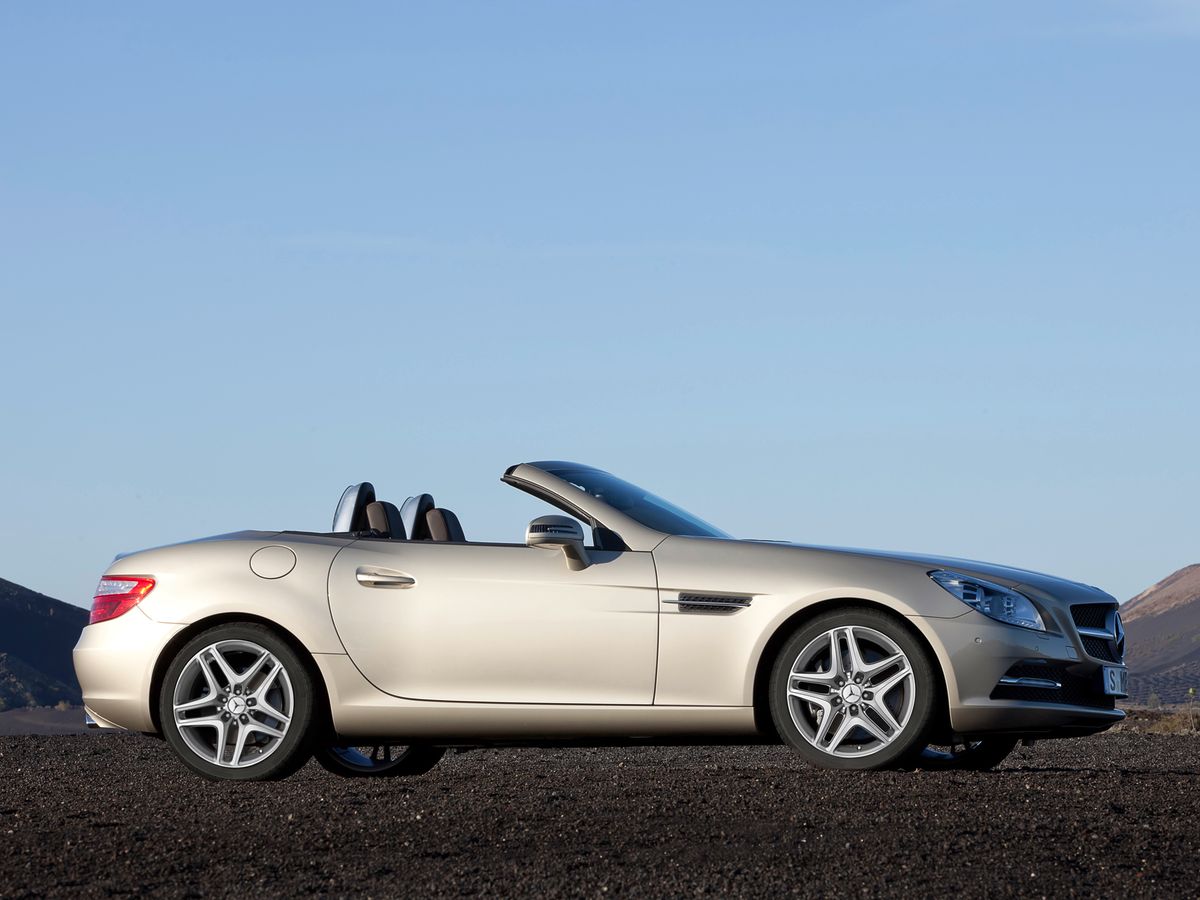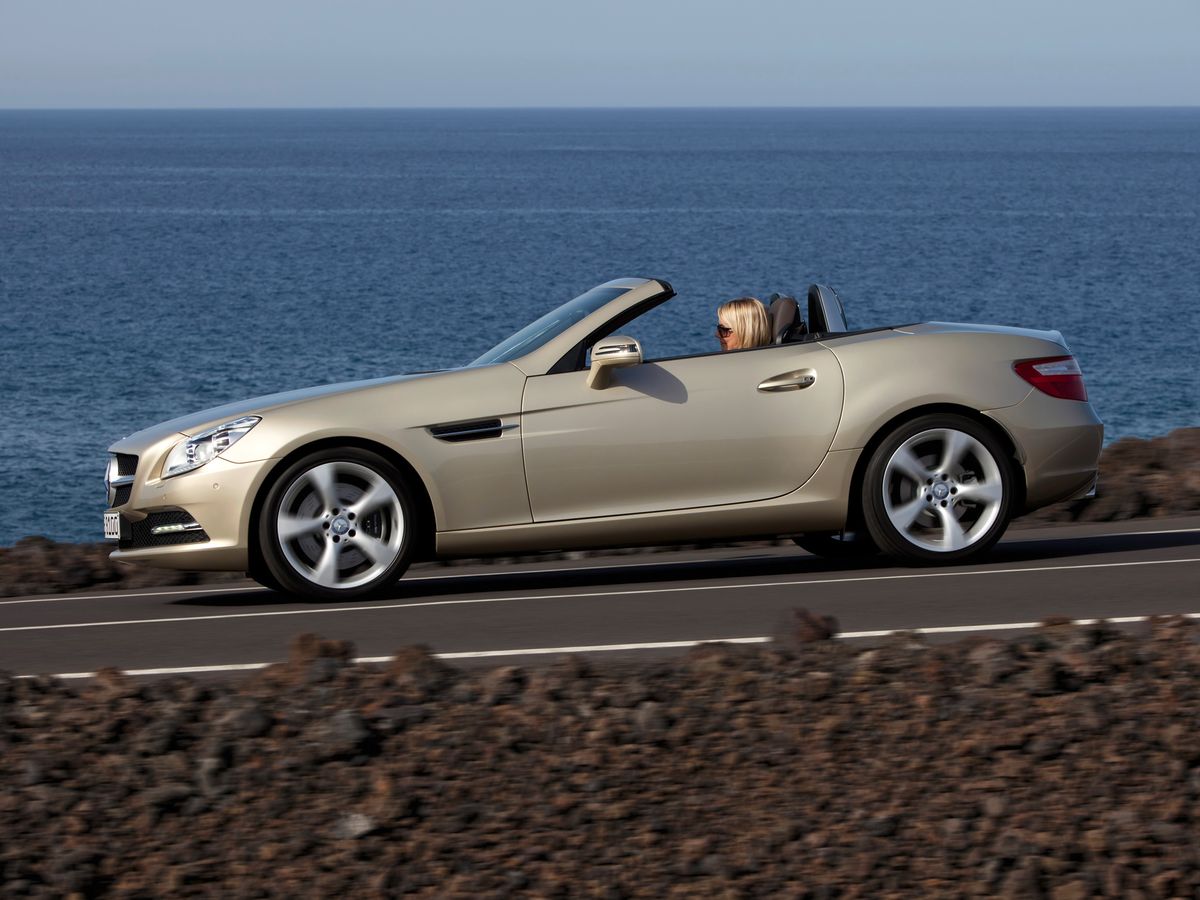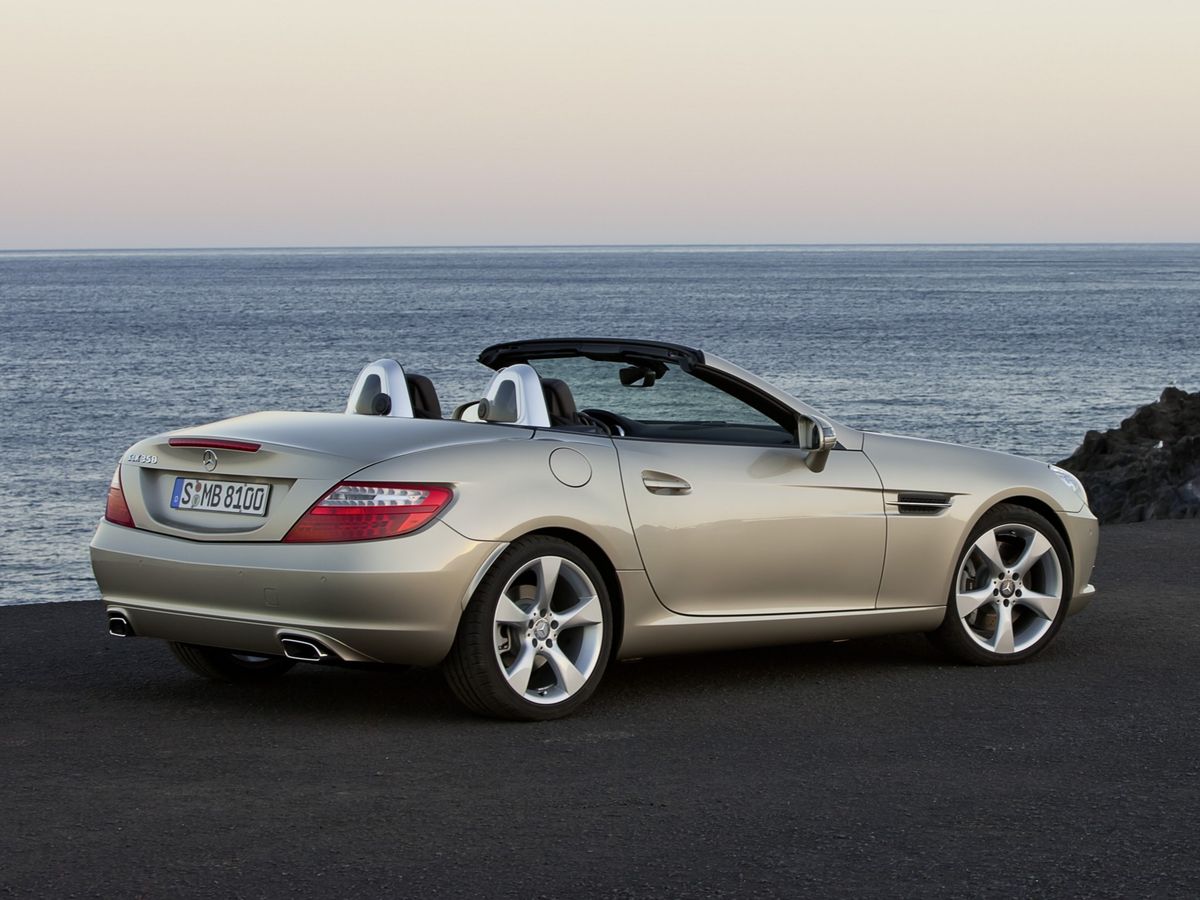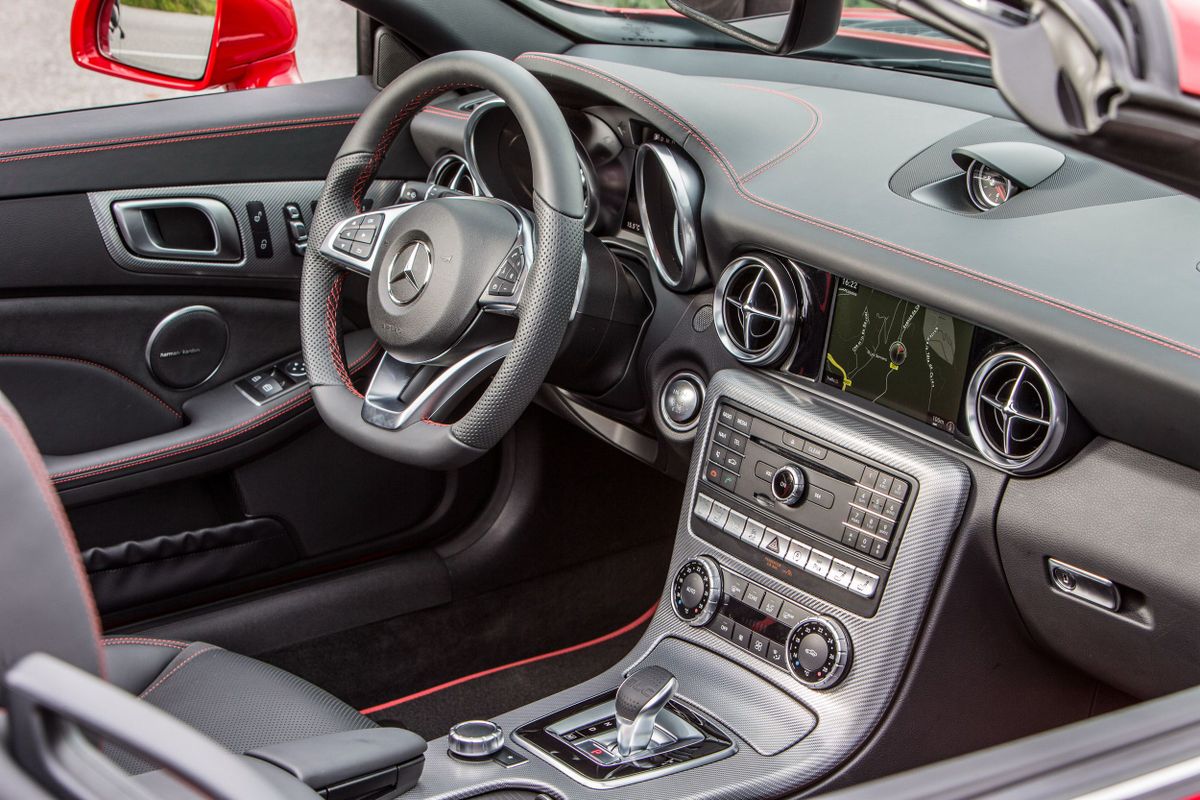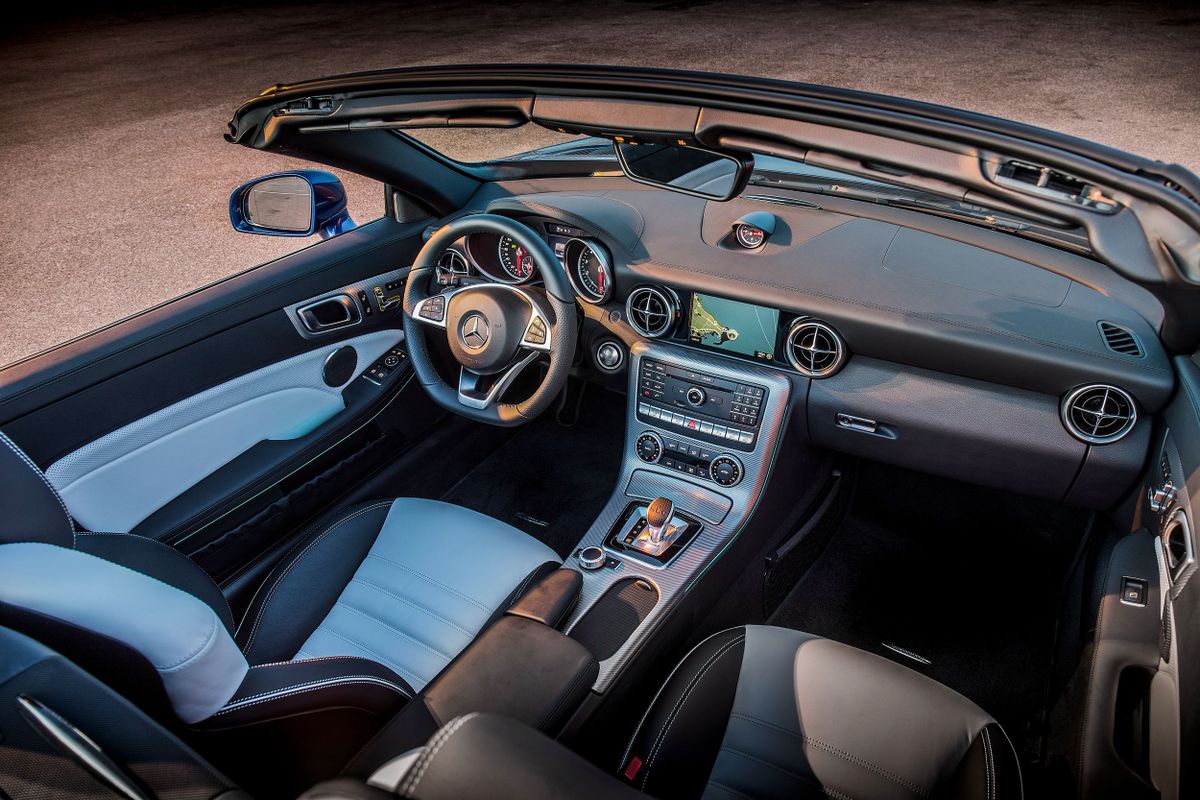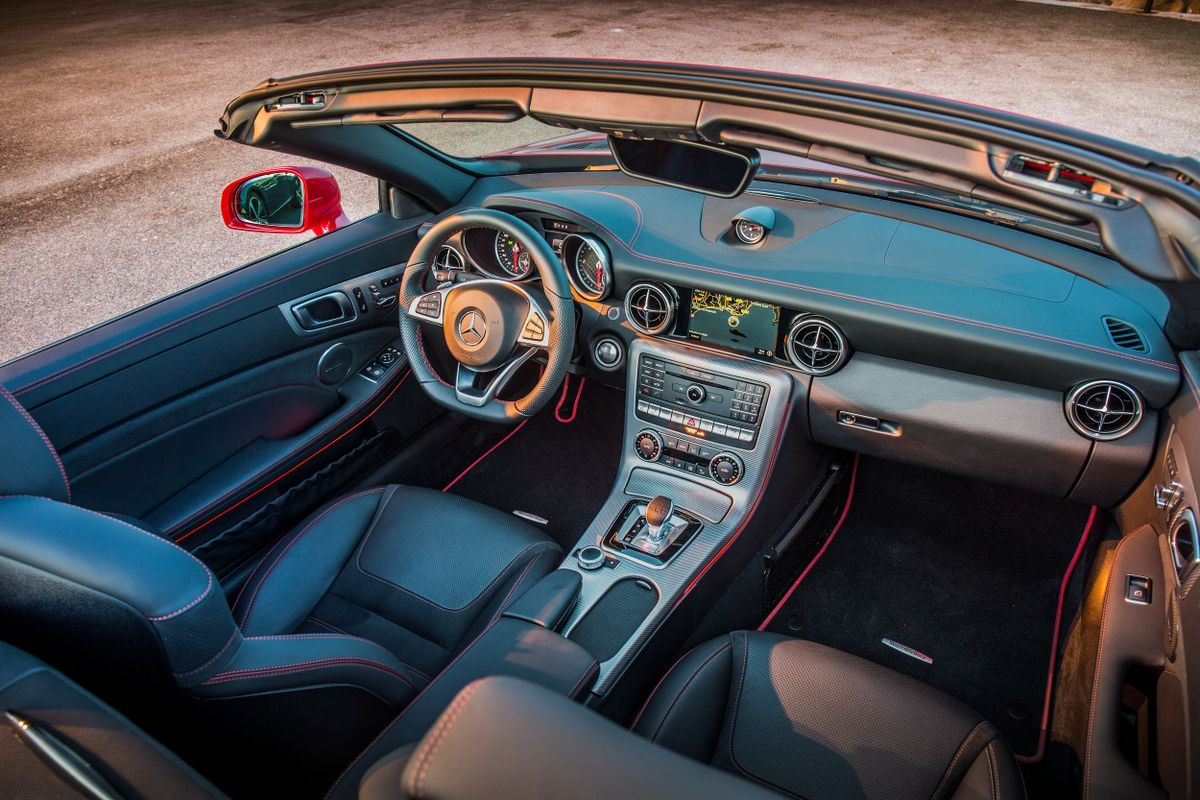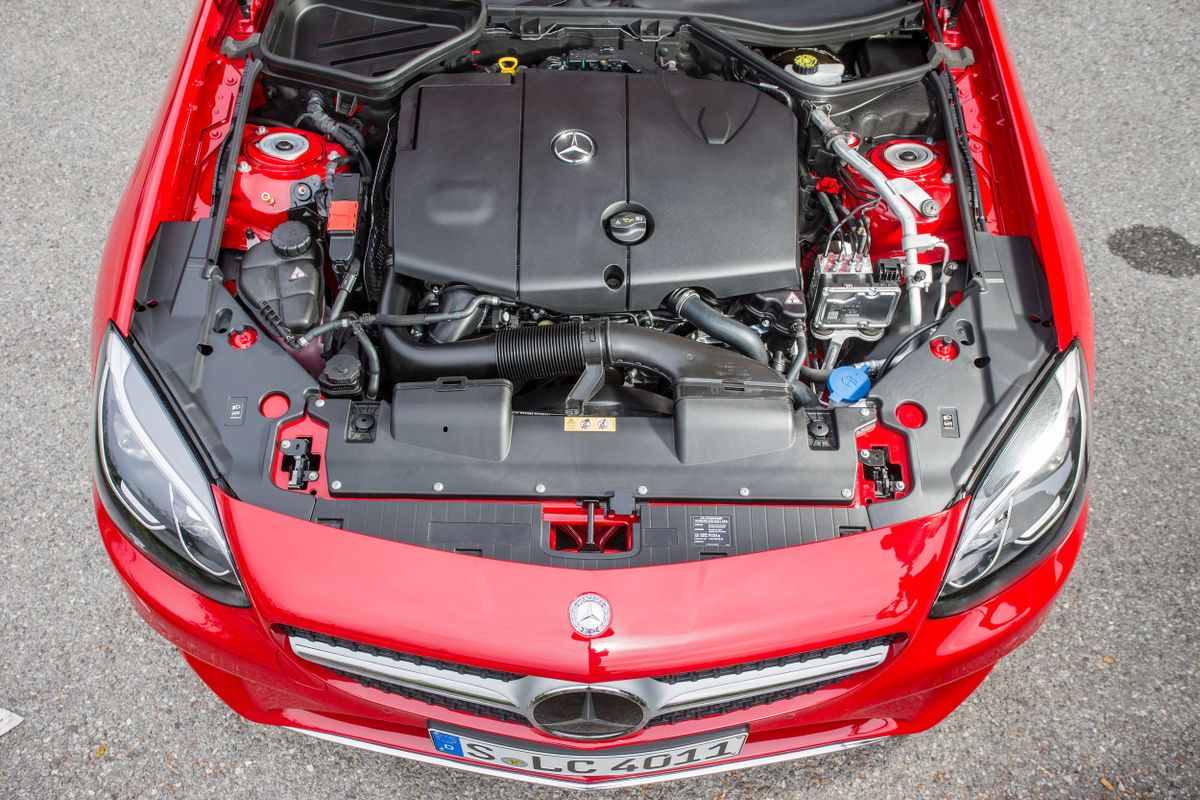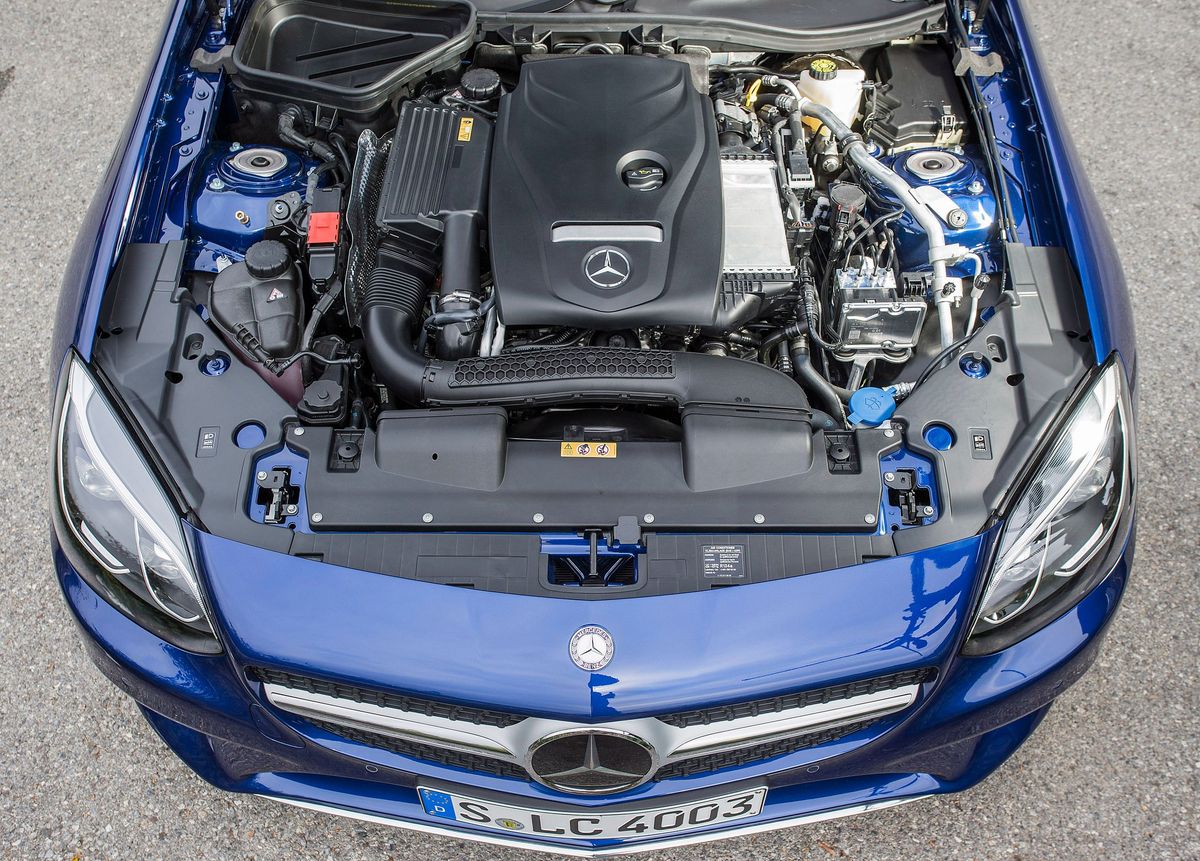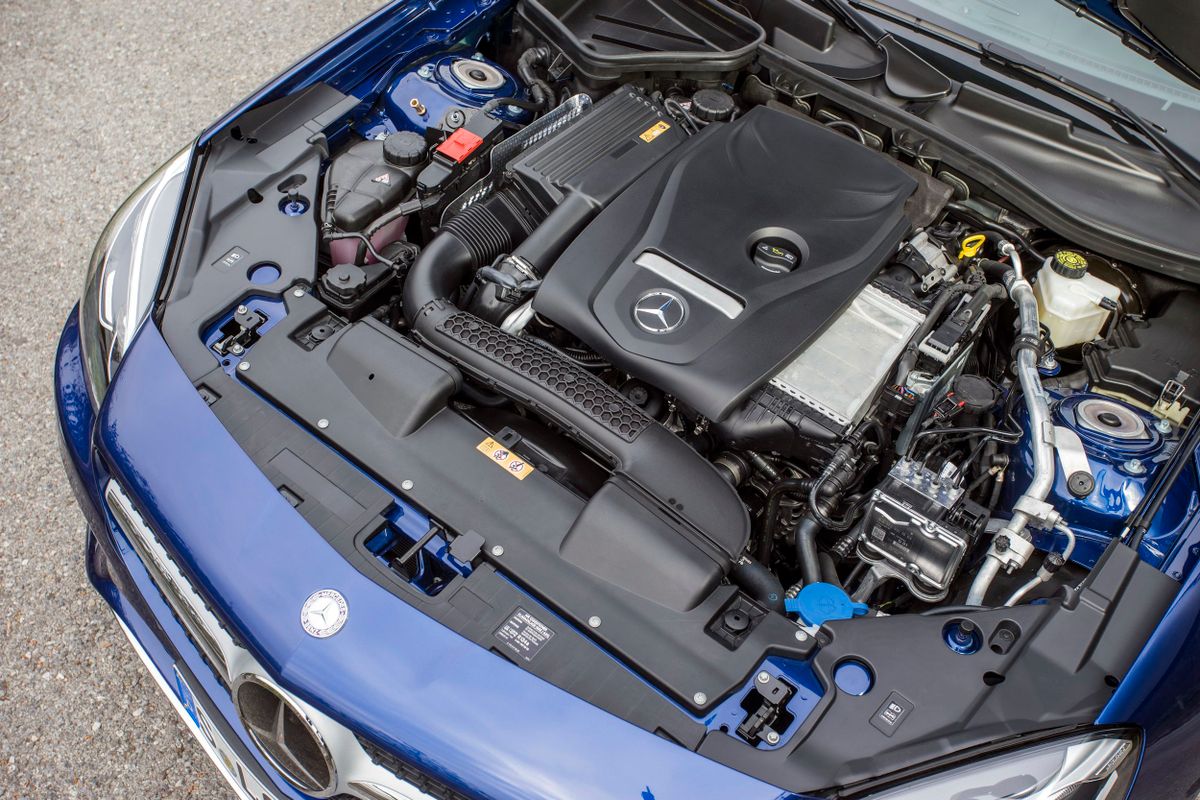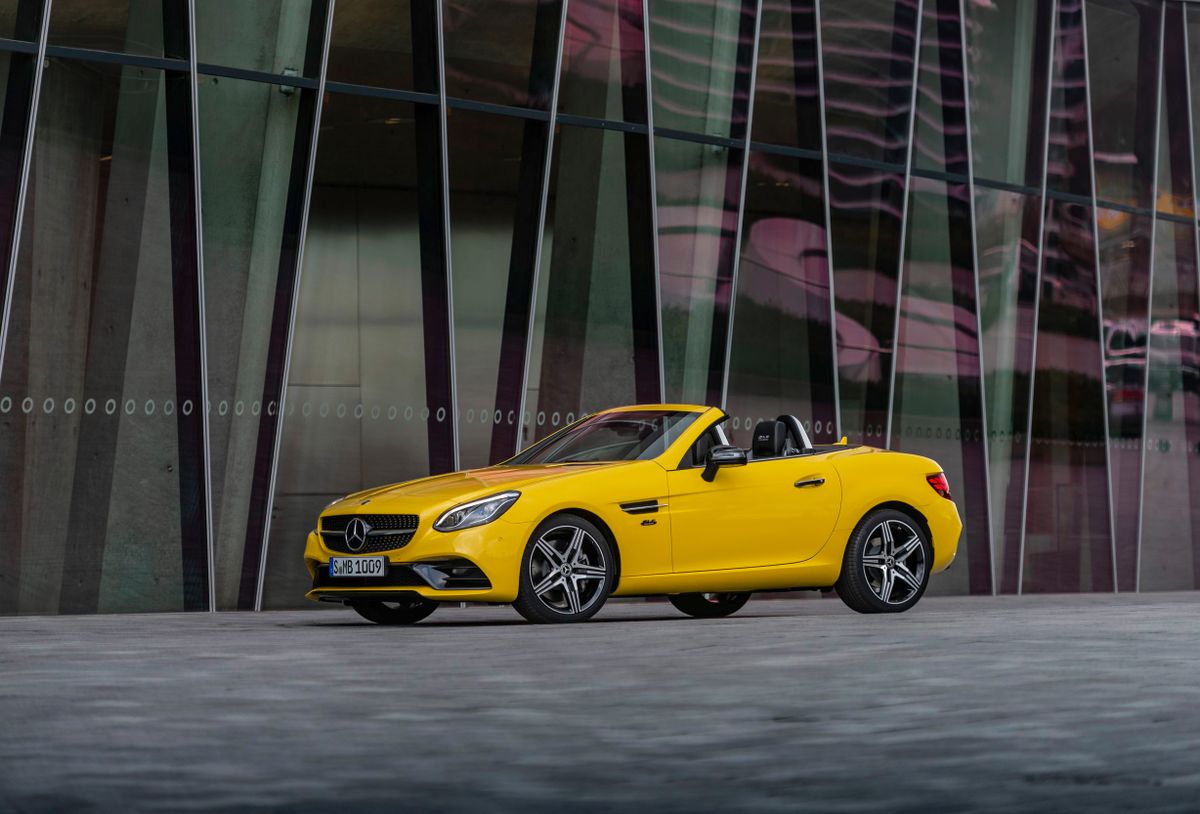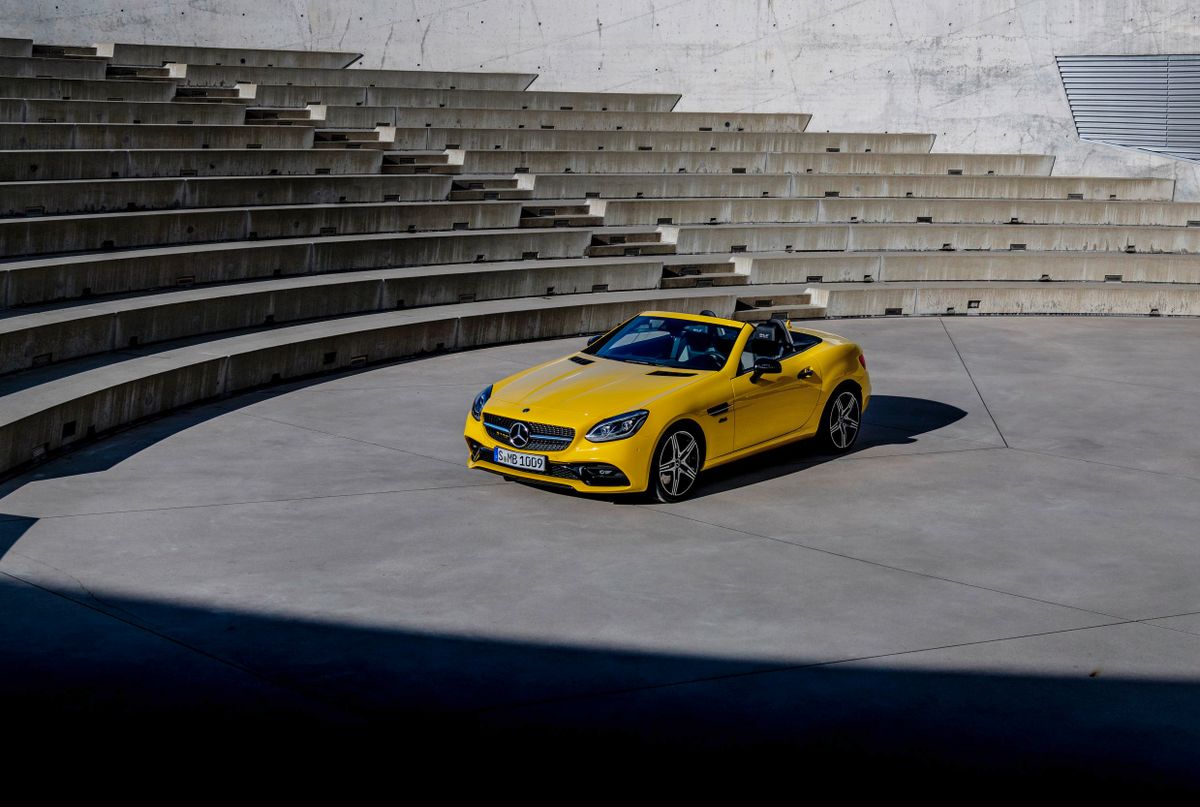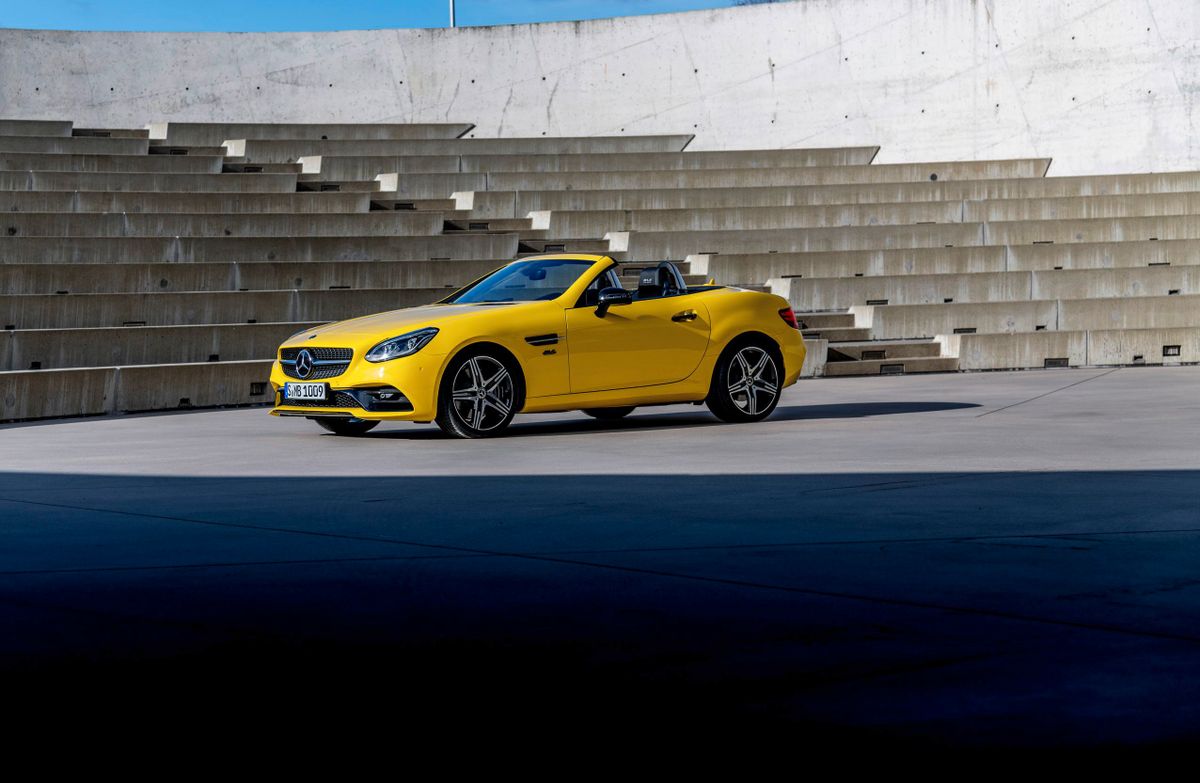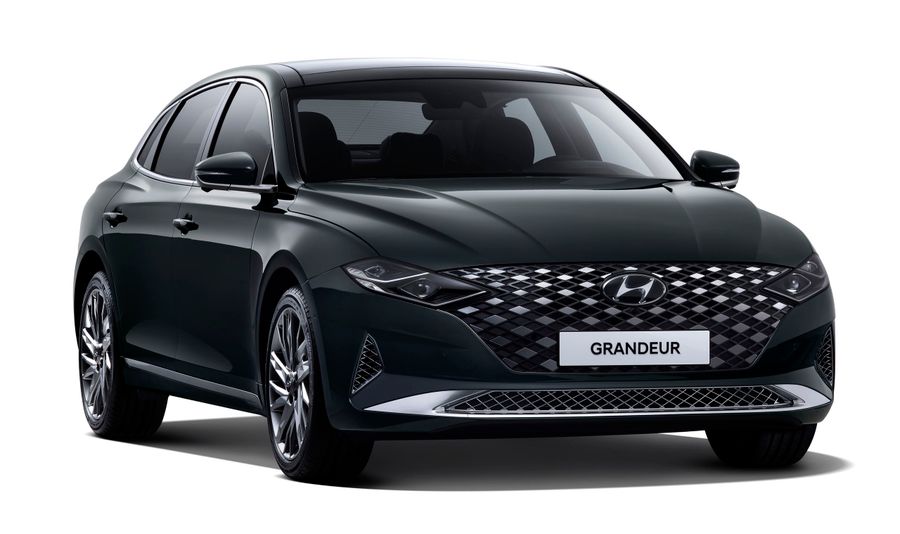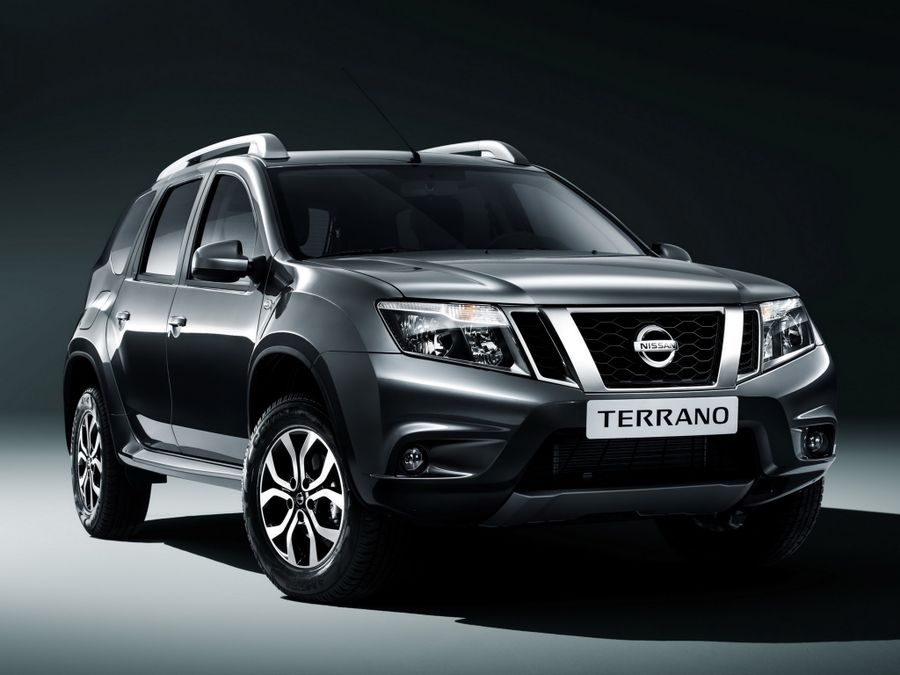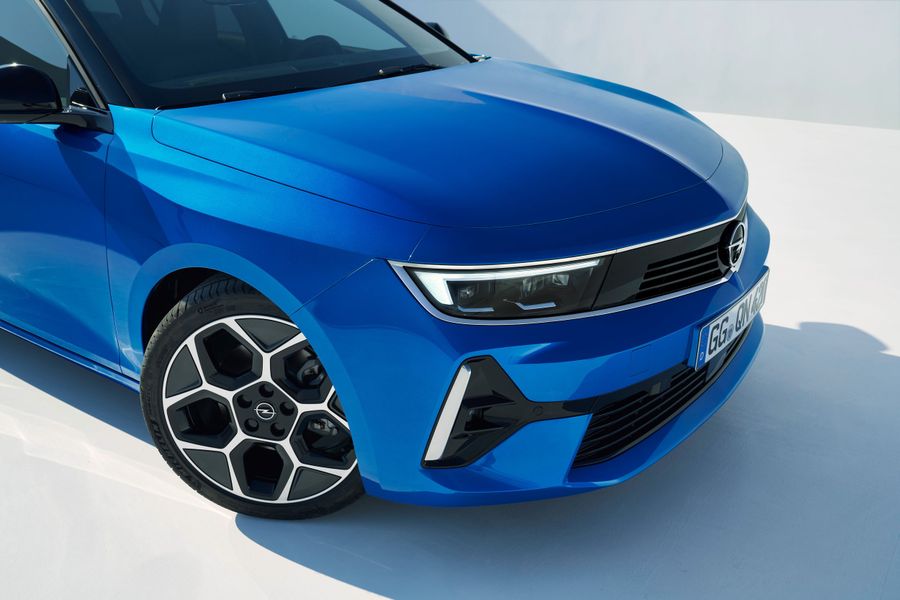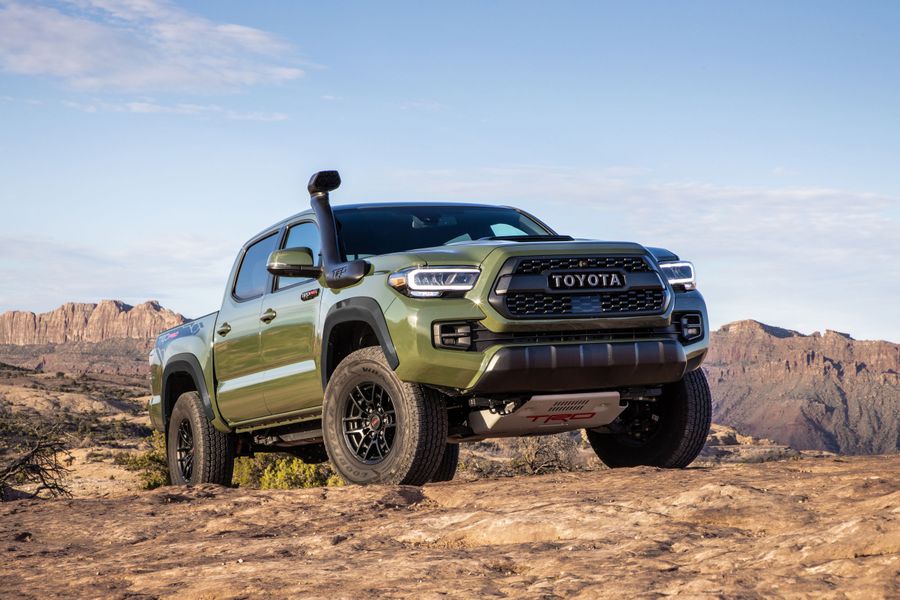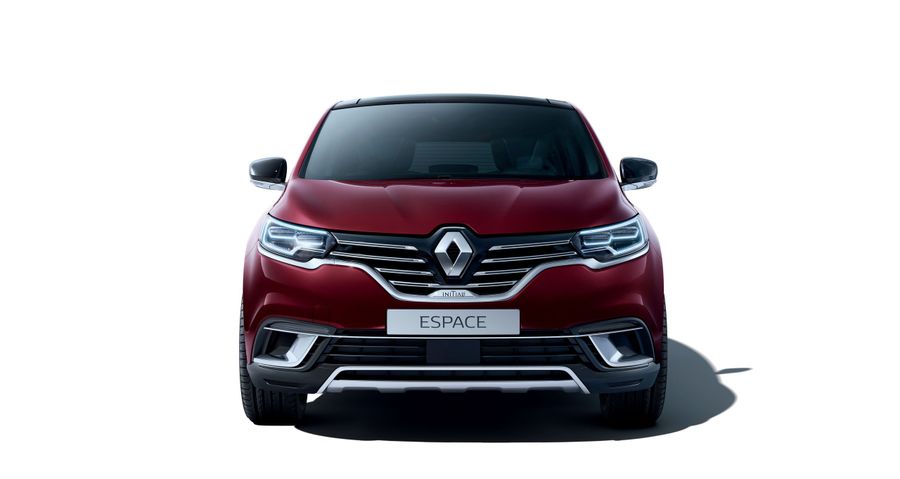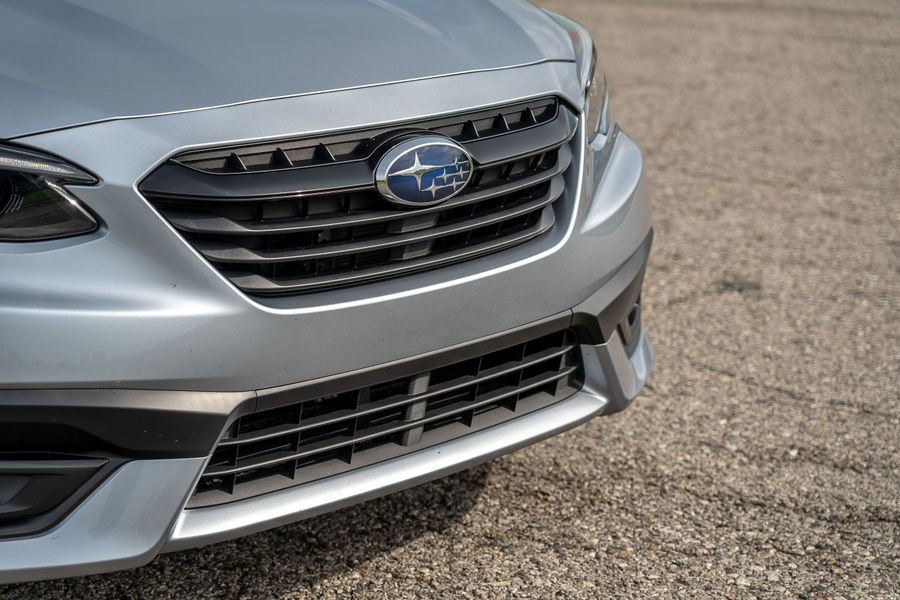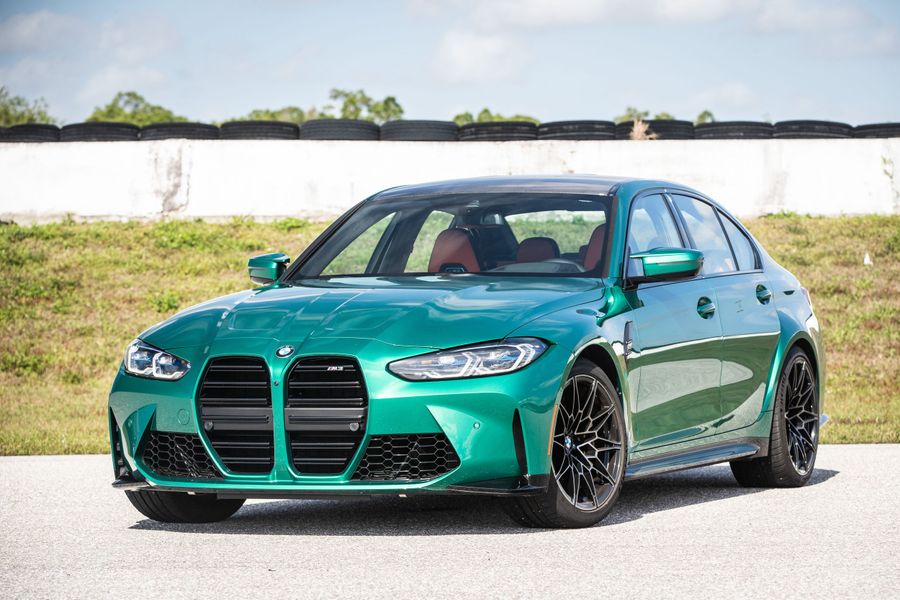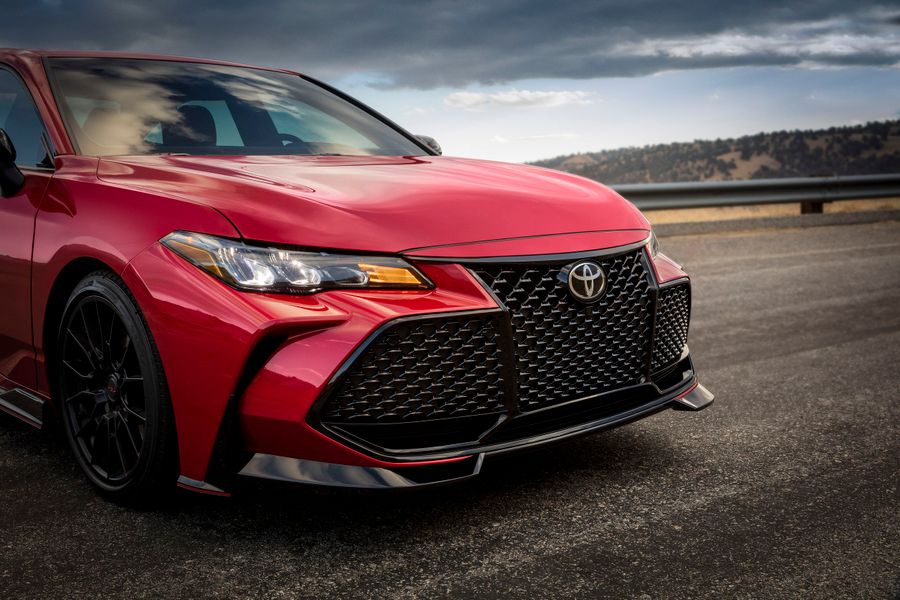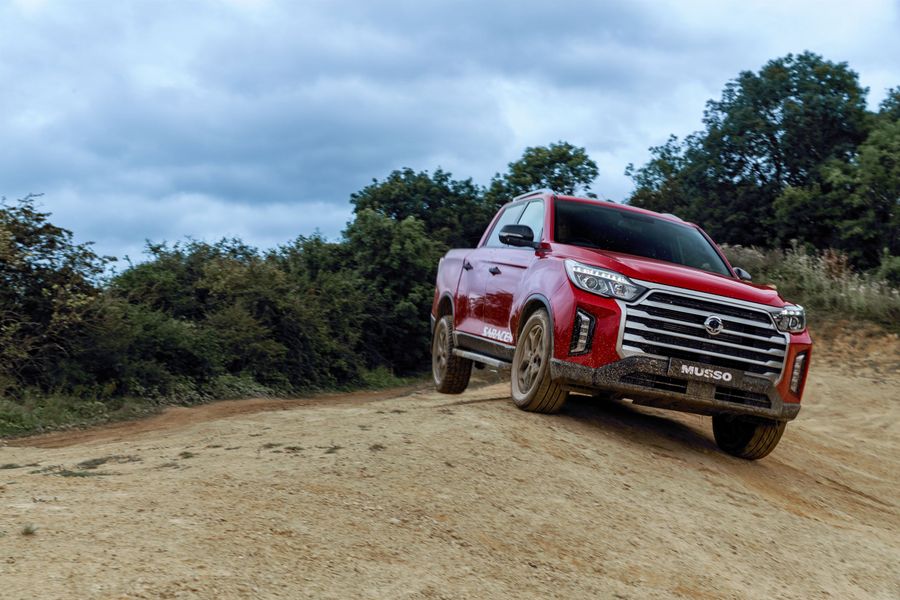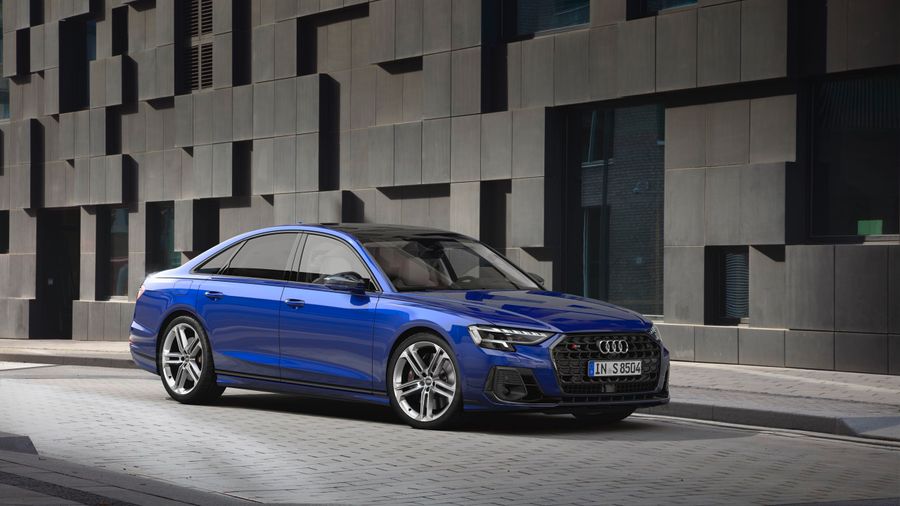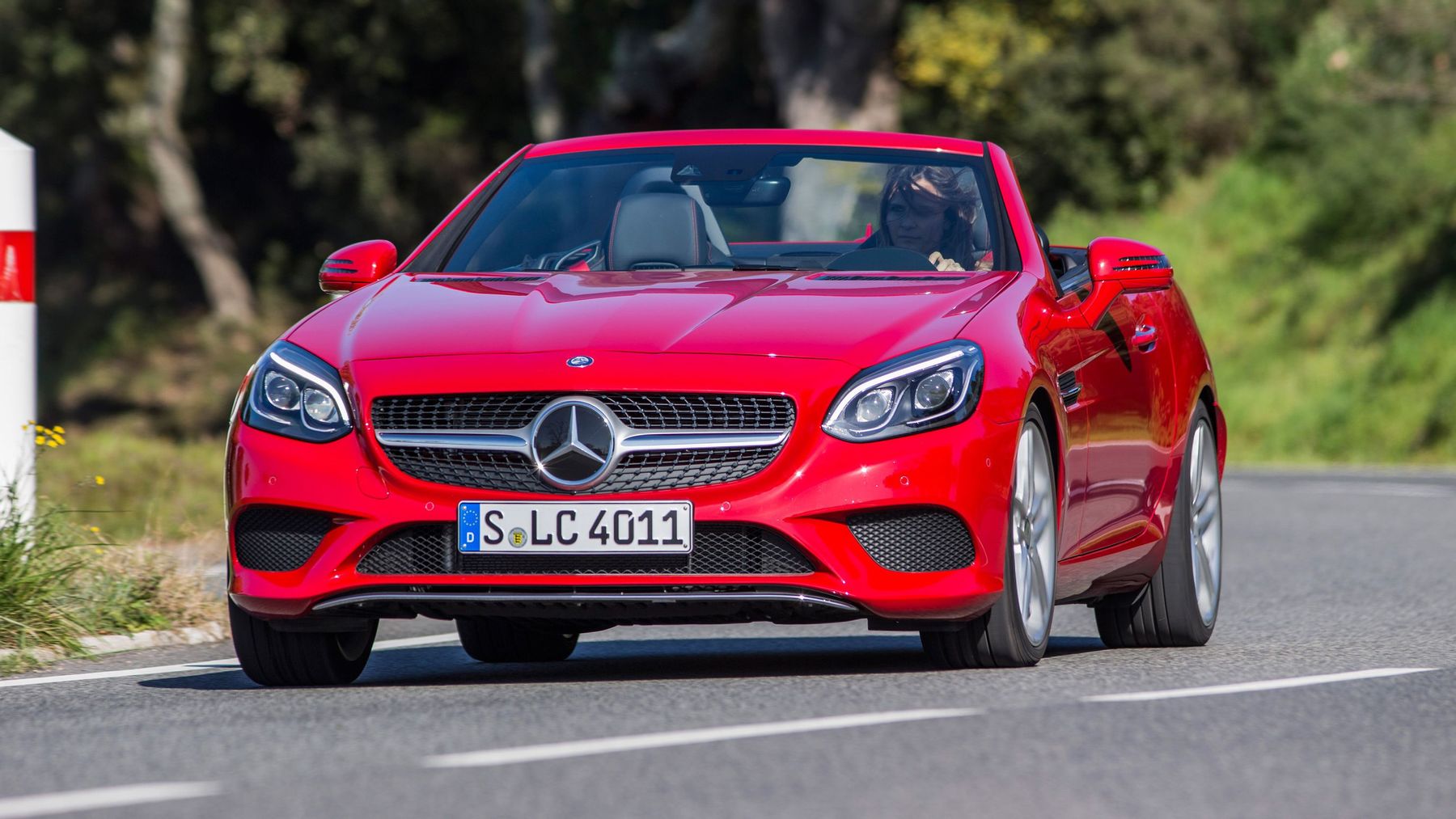
Mercedes SLC. Successor of the legend
The Mercedes SLC-Class is a series of two-seater compact hardtop roadsters produced by Mercedes-Benz. The letters ‘SL’ stand for ‘sporty lightweight’, the letter ‘C’ for the ‘compact’ C-Class. The SLC is the successor to the SLK-class, and the name change occurred simultaneously with the model restyling in 2015. Sales of the Mercedes SLC began in March 2016 and were timed to coincide with the 20th anniversary of the launch of the SLK. The SLC was discontinued in June 2020, with no successor to the car.
First unveiled at the 2015 Detroit Auto Show, the new Mercedes SLC was a restyled version of the iconic third-generation SLK (R172). Similar to the restyled SL roadster, its younger sibling SLC could boast of a completely new exterior, a fresh interior, modernized engines and improved equipment. The SLC roadster was 4,133 mm long, 1,810 mm wide and 1,301 mm high, with a wheelbase of 2,430 mm and a minimum turning radius of 5.3 m. The trunk volume reached 335 liters (225 liters with the roof folded down).
The Mercedes SLC could be unstoppable and flexible, eye-catching and humble, but different facets of its character only proved that nothing could replace the pure pleasure of fresh wind, warm sun and energy of movement. The engineers and designers of the German company put a lot of effort into turning the compact roadster into a car for everyday driving. It was comfortable, fuel-efficient and safe, while the interior microclimate allowed you not to lose your hair, health and hearing, rushing along the road without a roof.
The Mercedes SLK is a compact rear-wheel drive roadster with a rigid folding roof, produced from 1996 to 2016 in three generations. It was built on the platform of the C-Class W202 series. Sporty, compact and agile, the SLK has become the most popular model and trendsetter among cabriolets. The attractive exterior, which reflected the best traditions of the SL-Class and the retro motives of the automobile fashion of the 50s, immediately attracted attention to the car. As soon as it hit the market, it won 35 international awards as the best and most beautiful cabriolet of the year. Apart from open-top driving joy, this car offers comfort, safety, everyday practicality and powerful engines.
Principal exterior differences between the Mercedes SLC-Class and the SLK
- Completely new head optics
- New radiator grille with signature ‘diamonds’
- Completely different front bumper
- Changed pattern of the taillights
- New design of the rear bumper
- Redesigned wheels
Moreover, the new Mercedes SLC featured a different roof folding mechanism, which could be transformed right on the move, if the speed does not exceed 40 km/h. The electric drive allowed lowering the roof in less than 20 seconds, while the boot bulkhead closed automatically (for the SLK, the hard metal roof also folds down automatically, but in 25 seconds). For a surcharge, the roadster could be equipped with a panoramic Magic Sky Control roof with a variable level of transparency. At the touch of a button, the tinted glass became transparent.
Interior changes
- New steering wheel
- Another transmission selector
- Dashboard equipped with a 4.5-inch color screen of the on-board computer
- 7-inch multimedia system screen
- Updated COMAND Online system with new functions
- Improved finish
The interior of the SLC was truly luxurious. There was a wide range of interior trim customization options, a variety of leather color options with combinations of aluminum and carbon elements. The new Mercedes SLC was equipped with sports seats and other systems that increased comfort in cool weather: an optional head heating system, a wind protection system. The car had a controllable trunk partition, so when the roof was closed, it was in the upper position to increase the trunk volume, and when the roof was open, the partition automatically dropped down.
New engines
The version with a 5.5-liter naturally-aspirated V8 gasoline engine (421 hp), which was installed on the previous Mercedes AMG SLK 55, was replaced by the SLC 43 with a 3-liter V6 biturbo engine (367 hp). However, acceleration to 100 km/h almost didn’t change: 4.7 seconds against the previous 4.6 seconds. In addition, new versions were added:
- SLC 180: 1.6-liter gasoline engine producing 156 hp at 5,300 rpm and a torque of 250 Nm in the range from 1,200 to 4,000 rpm, with the acceleration from 0 to 100 km/h occurring in 7.9 (8.1) seconds and the maximum speed being 226 (223) km/h.
- SLC 200: 2-liter petrol engine producing 184 hp at 5,500 rpm and a torque of 300 Nm in the range from 1,200 to 4,000 rpm, with the acceleration from 0 to 100 km/h occurring in 7.0 (6.9) seconds and the maximum speed being 240 (237) km/h.
- SLC 300: 2-liter petrol engine producing 245 hp at 5,500 rpm and a torque of 370 Nm in the range from 1,300 to 4,000 rpm, with the acceleration from 0 to 100 km/h occurring in 5.8 seconds and the maximum speed being 250 km/h (electronically limited).
- SLC 250 d: 2.1-liter diesel engine producing 204 hp at 3,800 rpm and a torque of 500 Nm in the range from 1,600 to 1,800 rpm, with the acceleration from 0 to 100 km/h occurring in 6.6 seconds and the maximum speed being 245 km/h
The engines were paired with a 9-speed 9G-TRONIC automatic transmission or with a 6-speed manual transmission (standard for the SLC 180 and SLC 200). Rear-wheel drive.
Distinctive features of the chassis
The 2016/2017 Mercedes SLC had a completely independent multi-link suspension. According to the manufacturer, the chassis was retuned, which resulted in ‘a unique symbiosis of dynamics and comfort’. As an option, it was possible to install a sports steel suspension lowered by 10 mm with a stiffer setting.
The ESP Dynamic Cornering Assist increased dynamics, comfort and directional stability. The Dynamic Select system offered three modes: ‘Comfort’, ‘Sport’ and ‘Sport Plus’, with each wheel automatically adapting to the driving situation. The SLC 300 and SLC 250 d versions received five settings: Comfort, Sport, Sport+, Eco and Individual. The Adaptive Brake system included many functions, including brake auto-drying and hill start assist.
Safety
The manufacturer tried to make the new Mercedes SLC as safe as possible. The basic equipment included a driver monitoring system, six airbags. Additional functions included: Distronic automatic distance maintenance, which helped the driver maintain a safe distance to the vehicle in front, Pre-Safe preventive safety system, blind spot monitoring, lane keeping assist system, Active Brake Assist automatic braking, which was radar-operated. A traffic sign recognition function and a Dynamic Handling package were optional.
Latest Mercedes SLC Final Edition
Serial production of the SLC roadster came to an end in 2020. The Germans do not plan to release a new one, so they have prepared a ‘farewell’ special version, the Mercedes SLC Final Edition. The car features a special 'Selenite Gray' paintwork and high-gloss black accents, 18-inch alloy wheels. The top-end SLC 43 AMG Final Edition is finished in a bright ‘Sun Yellow’ color, which is reminiscent of the ‘Yellowstone’ shade of the original 1996 SLK. The final cabriolet boasts sportier bumpers, re-tuned suspension and upgraded brakes. Interior features two-tone Nappa leather, gray seat belts, numerous accents ‘carbon-like’, bright aluminum inserts and numerous nameplates with the name of the special version. The steering wheel has a flat bottom, and special rugs can be seen on the floor. The car is equipped with the AIRSCARF neck heating system.


